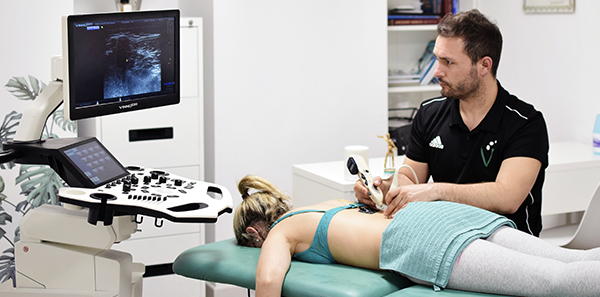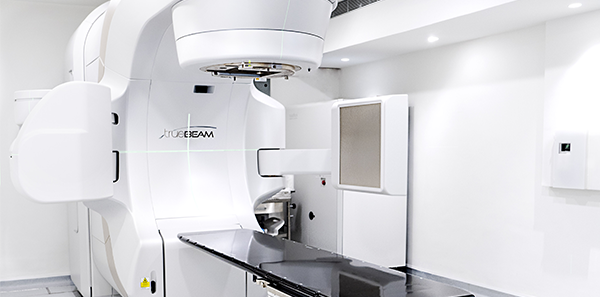
It is increasingly common to see activity bands or smartwatches on the wrists of those around us. This demonstrates people’s increasing interest in taking better care of their health.
Since the launch of these devices on the market, they have been improving and evolving, adding new functionalities related to health care so that we can monitor our daily activities and lead healthier and more active lifestyles.
In the beginning, these devices were very focused on the practice of sport and controlling physical activity, providing basic information. But as the years have passed, they have been specialising in health care by measuring more and more parameters and reporting increasingly more information.
These gadgets have not only have expanded their possibilities of use, focussing on being products of and for health, even tools for prevention, but have also changed in appearance. At first, they did not have a touch screen and their design was basic; now there is a great diversity of models that have become increasingly practical to use.
Therefore, with these wearables that we currently have at our disposal come a series of metrics, depending on the brand and model, with which we can take more precise control of the state of our health and that can cover a variety of needs:
- Number of steps per day: reports the level of activity during the day and confirms whether we have reached our activity goals.
- Sleep monitoring: indicates how well we sleep each night, calculating the hours of sleep and monitoring its different phases.
- Heart rate measurement: knowing our heart rate so we can better control the calories we consume, assess the effort made during exercise and measure our stress levels in real-time.
- Electrocardiogram: some models give us the possibility of taking an electrocardiogram at any time to monitor our heart rate. In addition, they notify us when they consider the heart rate to be irregular.
- Thermometer
- Altimeter/barometer
- Alerts when we have been sitting for a long time: this functionality helps to combat a sedentary lifestyle, encouraging us to move more.
- Notice of the best time of day for sports: by measuring our energy levels, it’s possible to determine the best time to exercise.
- Monitoring different types of exercise and on-screen training with guided exercises.
- Guided breathing sessions based on heart rate.
- 11. When it comes to sports, calculating the cadence, impact or contact time with the ground. 12. Alerts if the decibel level gets too high.
- Hydration alerts to drink more.
- Menstrual monitoring: recording of the menstrual cycle, calculating the days of ovulation and indicating the dates of periods.
- GPS to track location and an application that automatically warns the emergency services if we have an accident.
It’s a fact that these devices are a good help for managing our health on a daily basis and there are more and more brands and models of the market that put the technology at our fingertips so we can take better control of our well-being and meet our health needs.












